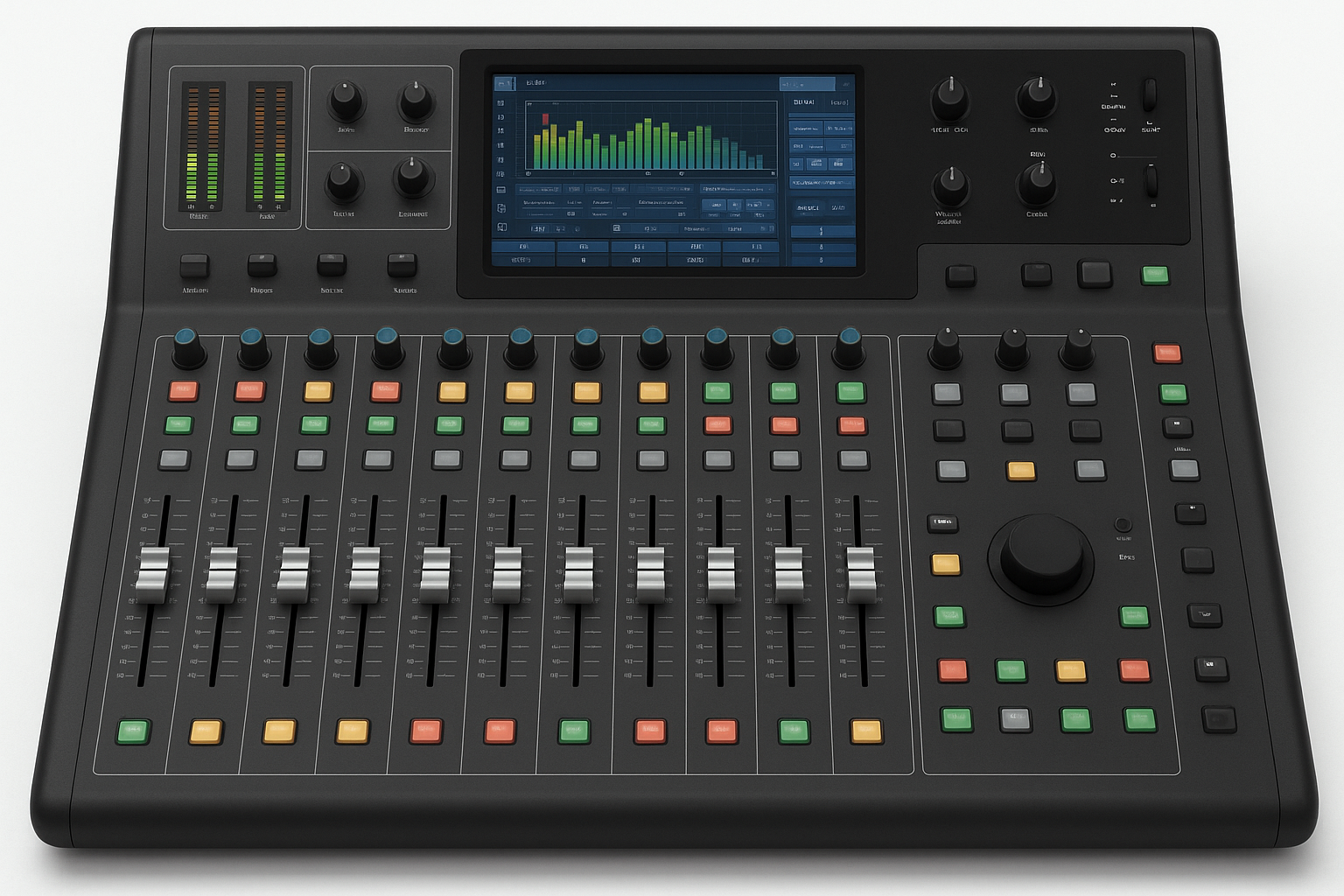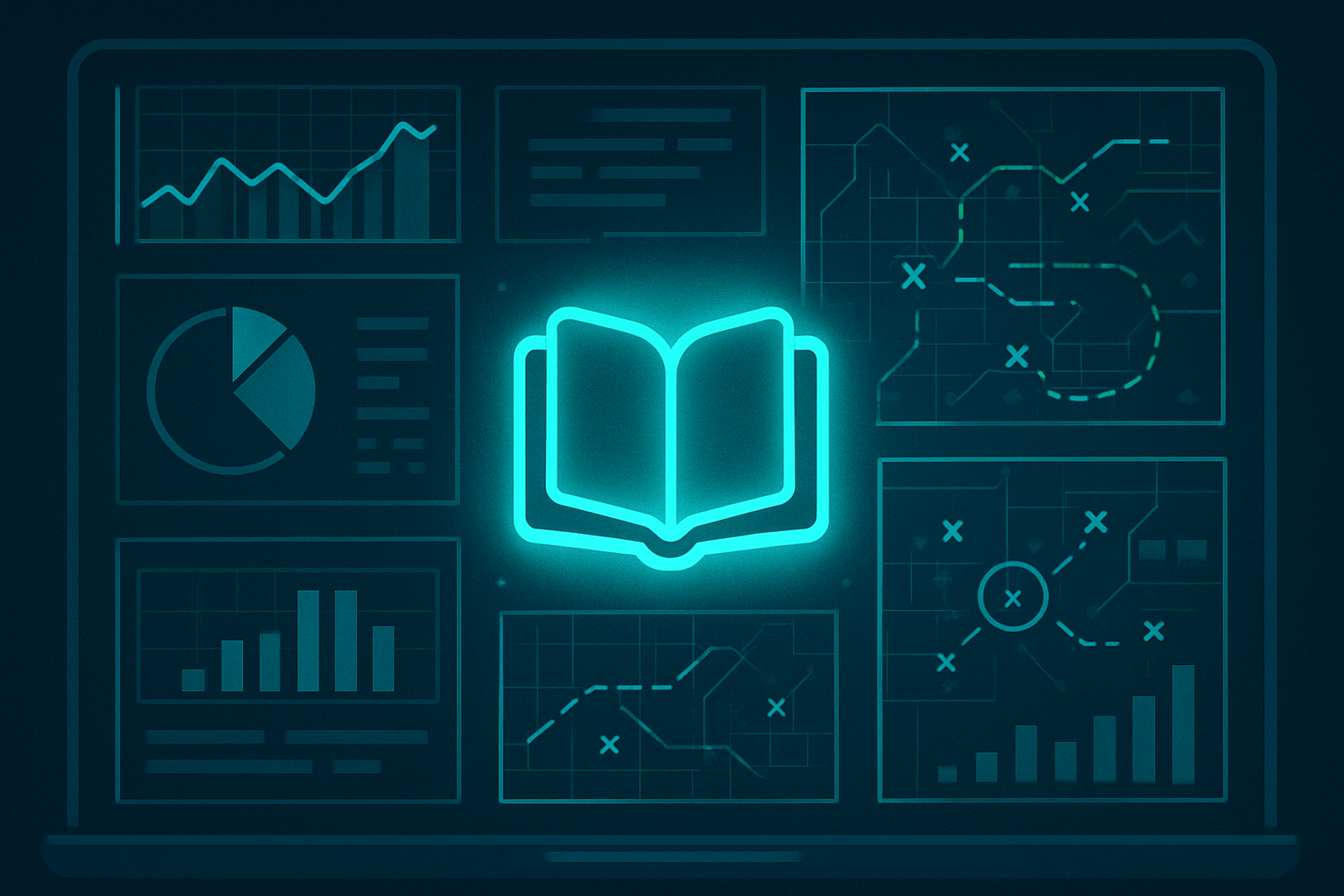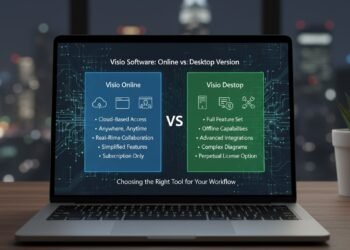The world of audio engineering has undergone a silent revolution. For decades, the heart of any professional audio setup—be it a concert hall, broadcast truck, or recording studio—was a colossal, tactile, and incredibly expensive physical mixing console. These behemoths, with their hundreds of faders, knobs, and blinking lights, were the undeniable command centers of sound. Today, a profound shift is complete: the software audio console has moved from a novel concept to the industry standard, redefining flexibility, power, and accessibility for audio professionals worldwide.
A software audio console is not merely a digital representation of a physical board. It is a comprehensive audio mixing and processing environment that runs entirely on a standard computer. The physical hardware is reduced to a core component: an audio interface or dedicated control surface that connects microphones and outputs sound. The actual “brain”—the mixing, routing, equalization, dynamics processing, and effects—exists within the software application. This fundamental separation of the control surface from the processing engine is what unlocks a new era of possibilities.
The Core Advantages: Beyond the Physical Realm
The migration from hardware to software is driven by several undeniable benefits that directly address the limitations of traditional consoles.
- Unmatched Flexibility and Scalability: A physical console has a fixed number of channels, buses, and processing power. If you need more, you must buy a new, larger console. A software audio console is limited only by the processing power of its host computer. Need 32 channels for one show and 96 for the next? The same system can scale effortlessly. Adding a new compressor or EQ to every channel doesn’t require outboard gear; it’s just a mouse click away.
- Profound Recall and Session Saving: The most transformative feature is instant recall. Every fader position, every EQ setting, every effect parameter can be saved into a session file. For a touring engineer, this means loading the exact mix for a band the moment they walk on stage, anywhere in the world. For a broadcast studio, it means switching between completely different show configurations in seconds, not hours.
- Deep System Integration and Networking: Software consoles thrive in a connected world. They can seamlessly integrate with digital audio networking protocols like Dante, AVB, or Milan, allowing audio to be transported over standard Ethernet networks. Microphone signals from a stage can be routed to a mixing computer located hundreds of feet away in a optimized control room, with near-zero latency and pristine digital quality.
- Significant Cost Efficiency: While high-end systems with dedicated control surfaces remain a professional investment, the barrier to entry has been demolished. A powerful, professional-grade software audio console can often be obtained for a fraction of the cost of a comparable physical console, especially when considering the built-in processing that would otherwise require racks of external gear.
Main Points of the News: The Software Console’s Current Impact
- The Hardware is Now an Interchangeable Controller: The focus has shifted from the mixing desk itself to the control surface, which acts as a tactile remote control for the software. Engineers can choose surfaces based on preferred feel, fader count, or portability, all while running the same stable software engine.
- Audio-over-IP is the Non-Negotiable Backbone: Modern software mixing is inextricably linked with Audio-over-IP (AoIP) technology. This allows for decentralized systems where stageboxes, processors, and control surfaces are all simple nodes on a robust network, offering unparalleled routing flexibility and system design.
- Remote and Collaborative Production is Standardized: Engineers are no longer tethered to a physical location. Using secure network connections, a front-of-house engineer can mix a live event from a hotel room, or a producer can adjust a studio mix from across the globe. This capability became indispensable during global events that limited travel, proving its reliability and value.
- The Line Between Live and Studio Continues to Blur: The same software platform, like Waves eMotion LV1, PreSonus StudioLive Series III, or Allen & Heath dLive, can often be used for both live sound reinforcement and studio recording, offering a consistent workflow and sound quality across different disciplines.
The Modern Workflow: A Day in the Life of a Software Console
Imagine a front-of-house engineer arriving at a festival. Instead of a soundcheck spent painstakingly labeling channels and patching outboard gear on an unfamiliar physical console, they simply connect their laptop to the venue’s network. They plug in their preferred control surface. They load the show file from the band’s last performance. Instantly, their entire mix—vocal EQs, drum compression, monitor sends, and all—is loaded and ready. The stagehand connects the microphones to the stagebox, which streams all 48 channels over the network directly into the engineer’s software session. Soundcheck becomes a matter of fine-tuning, not building from scratch. This efficiency and consistency is the new normal.
Addressing the Skeptics: Tactile Feel and Reliability
The transition hasn’t been without debate. Purists long argued for the irreplaceable tactile feedback of a physical console—the muscle memory of grabbing a fader or twisting a knob without looking. This need is met by high-quality control surfaces designed to work symbiotically with the software, offering motorized faders, endless encoders, and customizable buttons that provide that essential hands-on experience.
The other major concern was reliability. “A computer can crash; a physical console is solid state.” This has been mitigated through robust software design, the use of dedicated, optimized computers, and critical redundancy systems. Many high-profile live shows now run two computers in a redundant primary/backup configuration, automatically switching if the primary system fails—a level of insurance rarely feasible with two separate physical consoles.
The Future is Modular and in the Cloud
The evolution continues. The next frontier involves further democratization and cloud integration. We are seeing the emergence of modular software mixers where engineers can purchase only the specific processing plugins they need. Furthermore, the concept of cloud-based processing is on the horizon, where the mixing engine itself could potentially run on a remote server, reducing the local hardware requirement to little more than a control surface and a stable internet connection.
In conclusion, the software audio console is far more than a digital mimicry of its analog ancestors. It is a fundamental reimagining of what a mixing console can be. It is a dynamic, intelligent, and deeply integrated system that prioritizes flexibility, power, and workflow efficiency above all else. It has broken down physical and financial barriers, empowering a new generation of audio creators. The console is no longer a piece of furniture; it is a powerful, adaptable, and ever-evolving software environment that continues to shape the very sound of our modern world.






